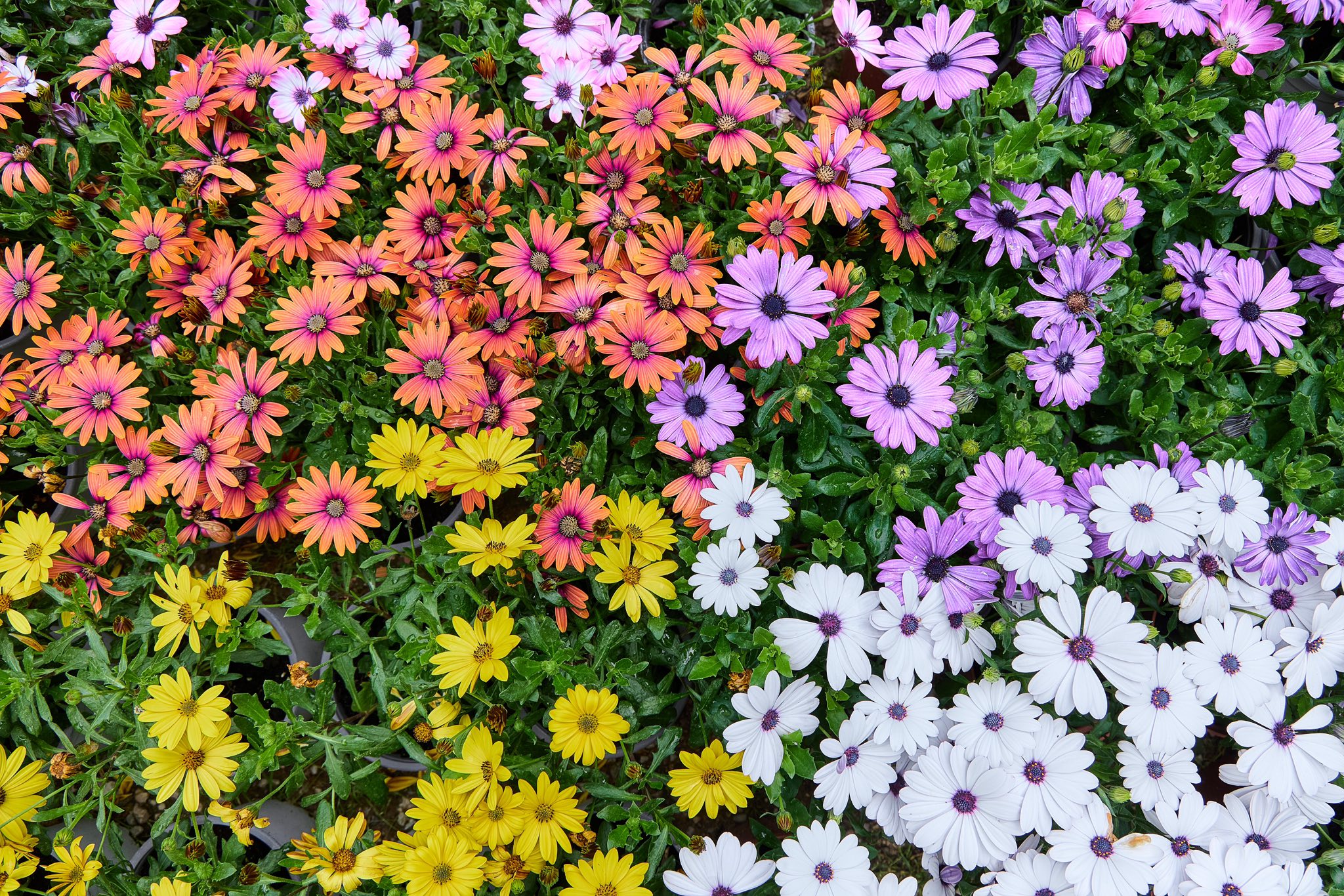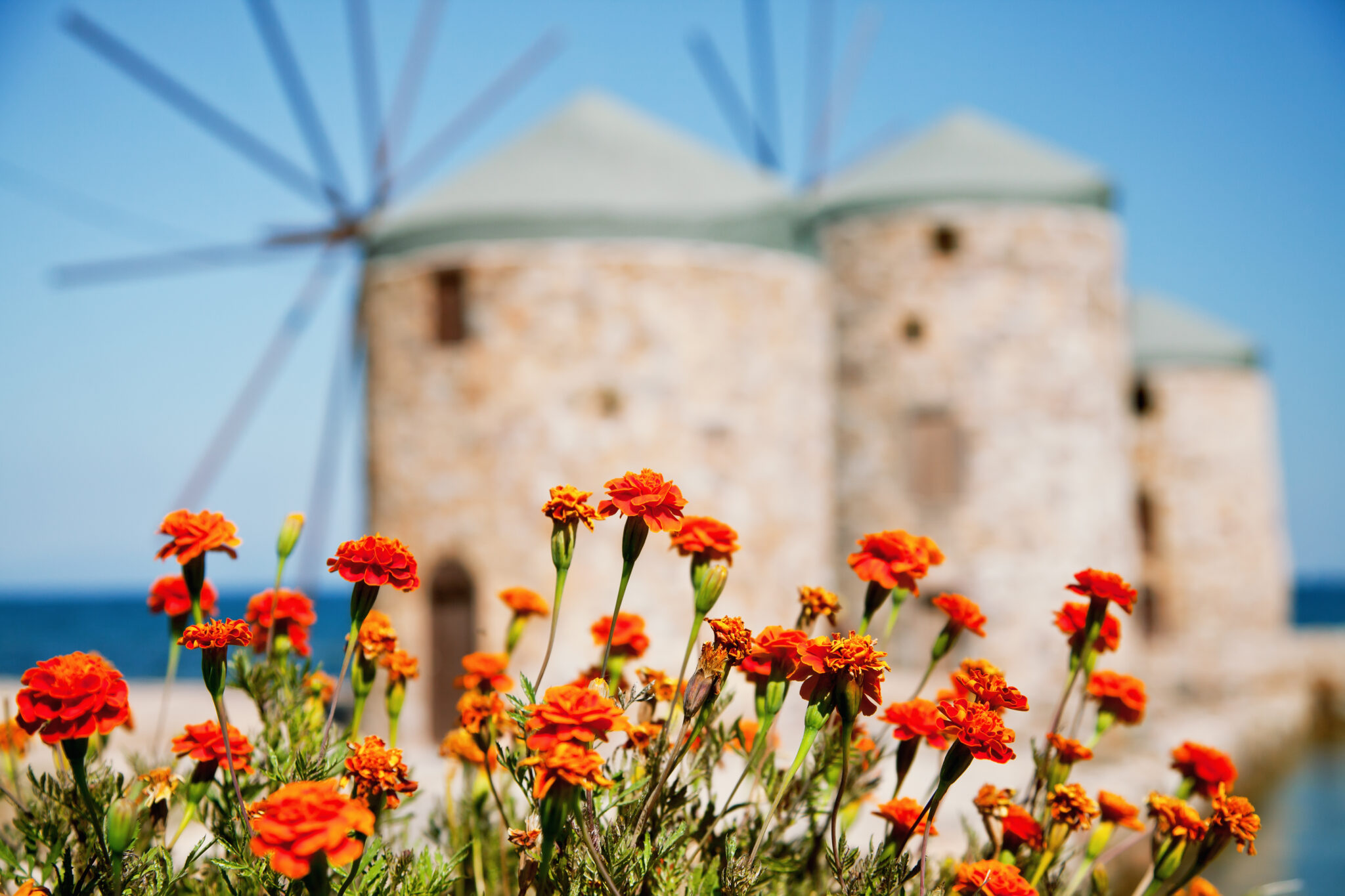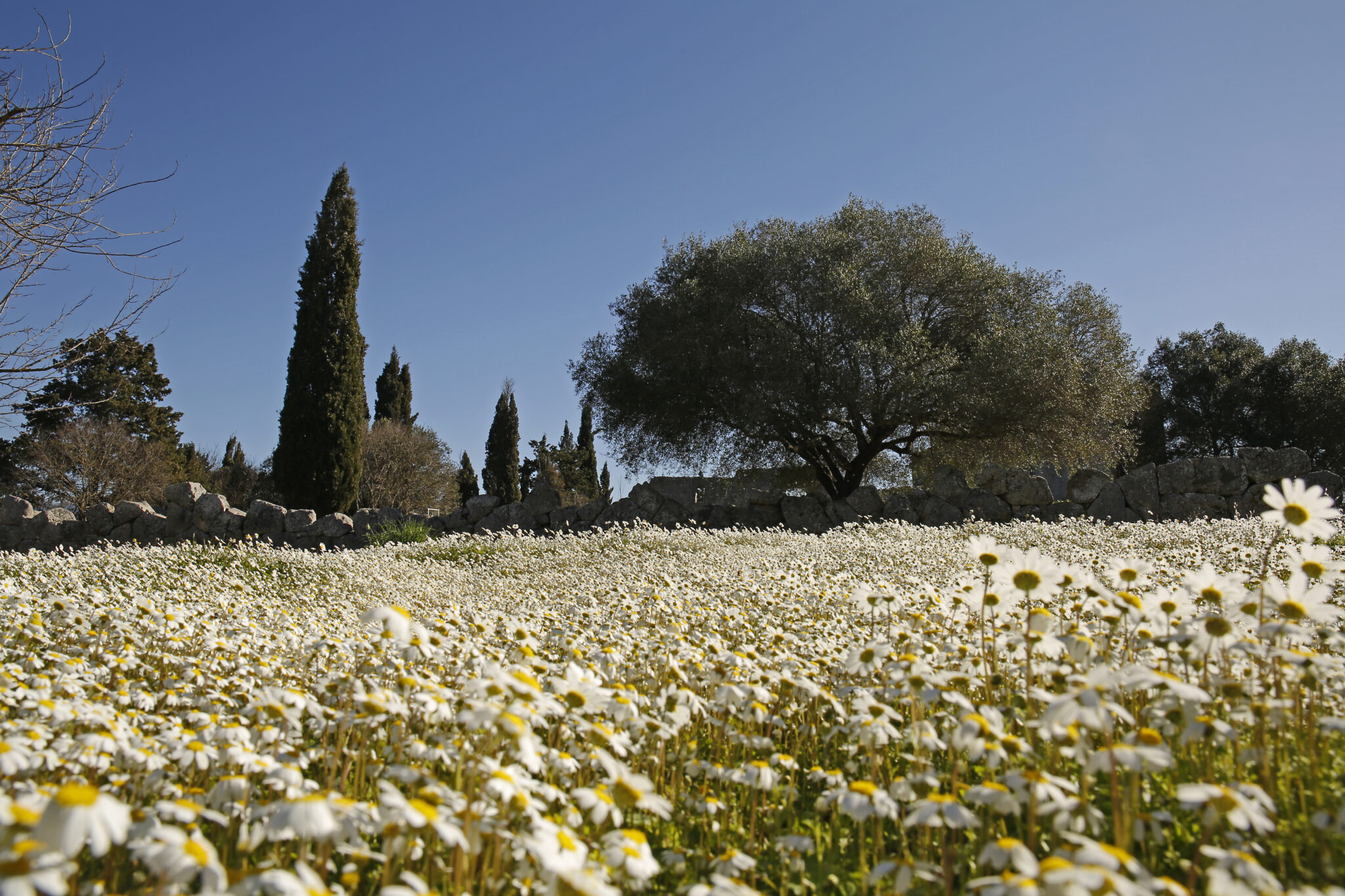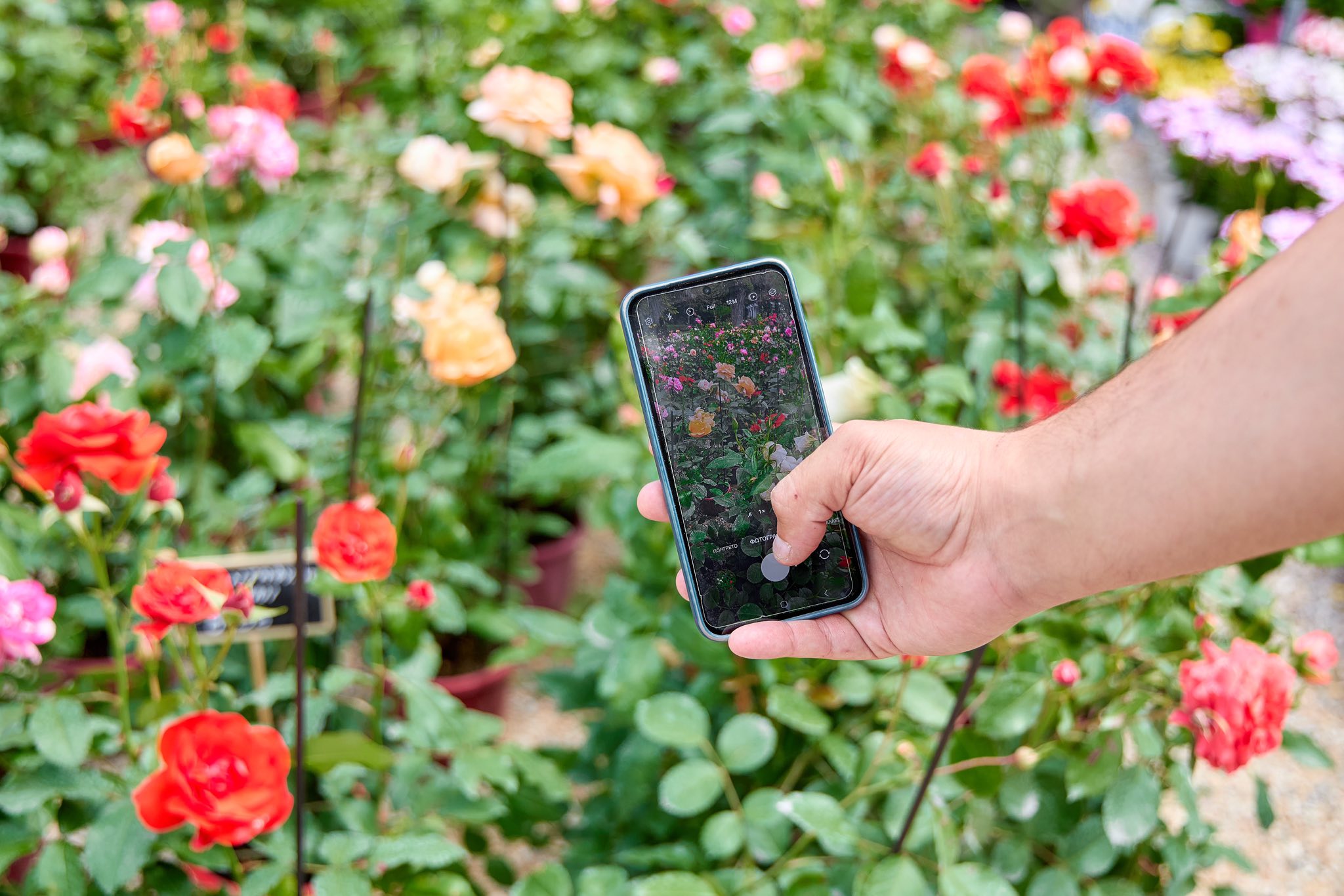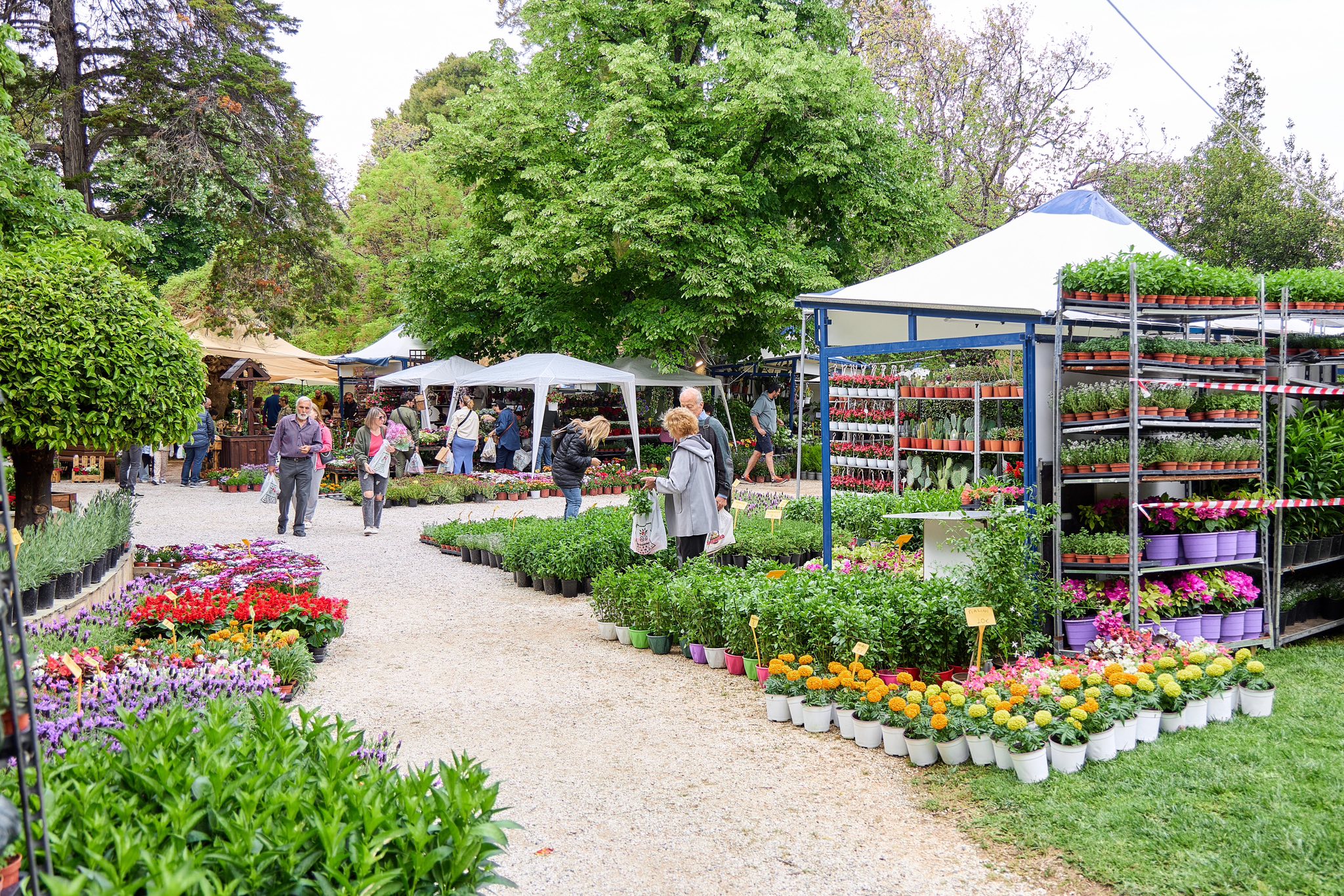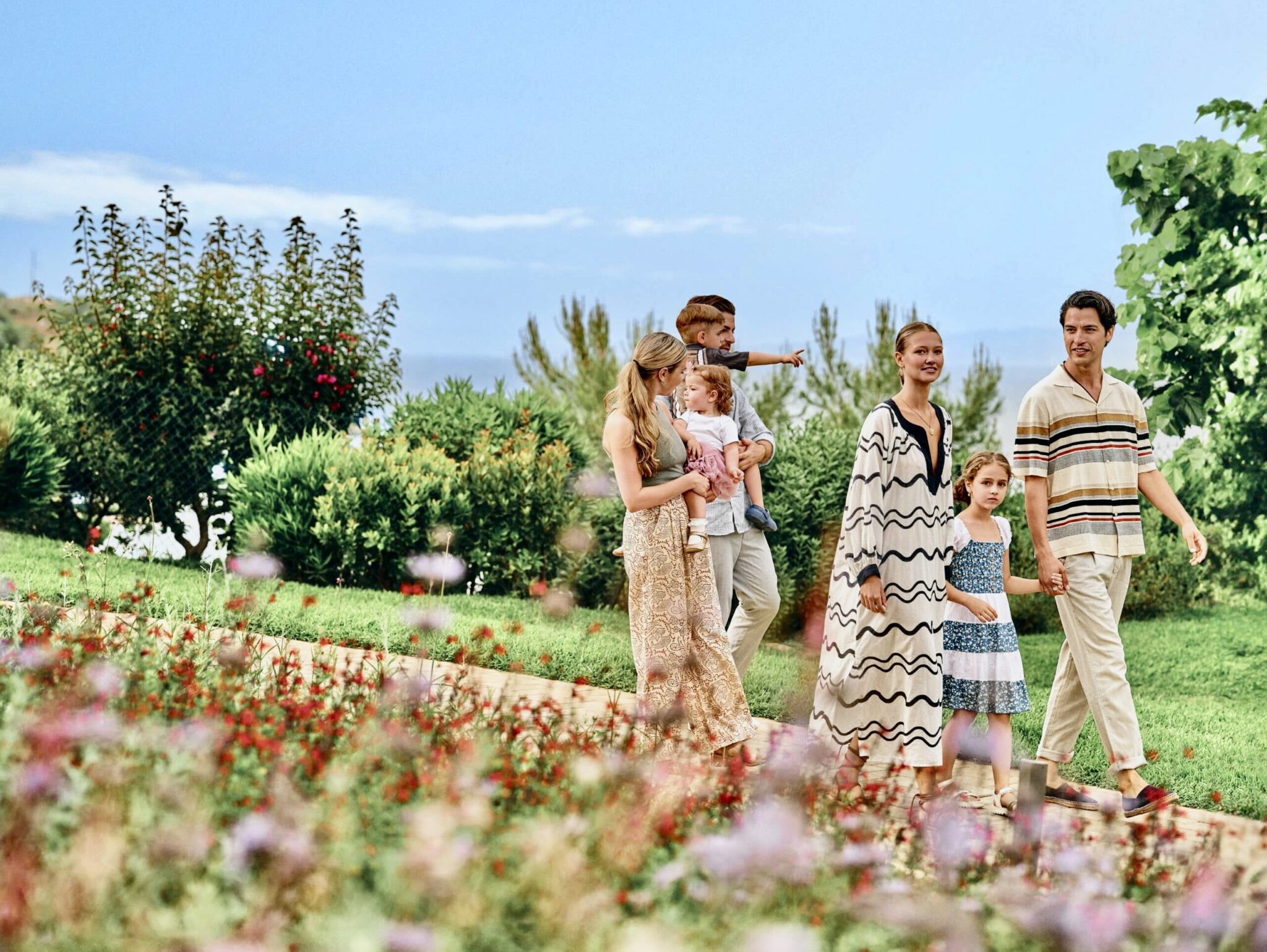Every 1 May, Greece slips into its most fragrant finery for Protomagia, the country’s unofficial ode to spring. The celebration reaches back to the Anthesteria, the ancient festival of flowers that once crowned Athens in petals, yet it still feels improbably fresh, as if the season itself were debuting for the very first time. From Thrace to Crete, doorways bloom with hand-twisted wreaths, and city dwellers trade concrete for clearings, carrying picnic baskets heavy with herbs and early strawberries.
At its root, ‘Protomagia’ – as Greeks call it – is a pastoral spell: the pre-Christian rites that once coaxed fertility from stubborn soil now coax Athenians out of their apartments and into the light. The holiday’s modern overlay, International Workers’ Day, offers the perfect civic alibi, a sanctioned day off to revel in spring’s coup over winter, color over shadow, life over dormancy. Families fan out to meadows, friends stake claims on seaside lawns, and everywhere the air smells faintly of oregano and possibility. In a nation that can measure history in millennia, May Day remains a rare constant, a date when ancient myth, political memory and the sheer joy of a warm breeze braid together like wildflowers on a wreath.
History
Tradition suggests that May derives its name from the Roman deity Maia, named after the Greek word for nurse and mother, and reflecting her role as the nurturing mother of Hermes.
May, the fifth month of the year, was known as Thargelion in ancient times, celebrated with the renowned Anthophoria festival, dedicated to Demeter, the goddess of agriculture, and her daughter Persephone, who emerges from the underworld during this month.
In ancient Rome, this month featured the Rosalia, a festival preserved even by Byzantine emperors, epitomizing the dual nature of May: both good and evil, rebirth and death, all converging on the first day.
Traditions

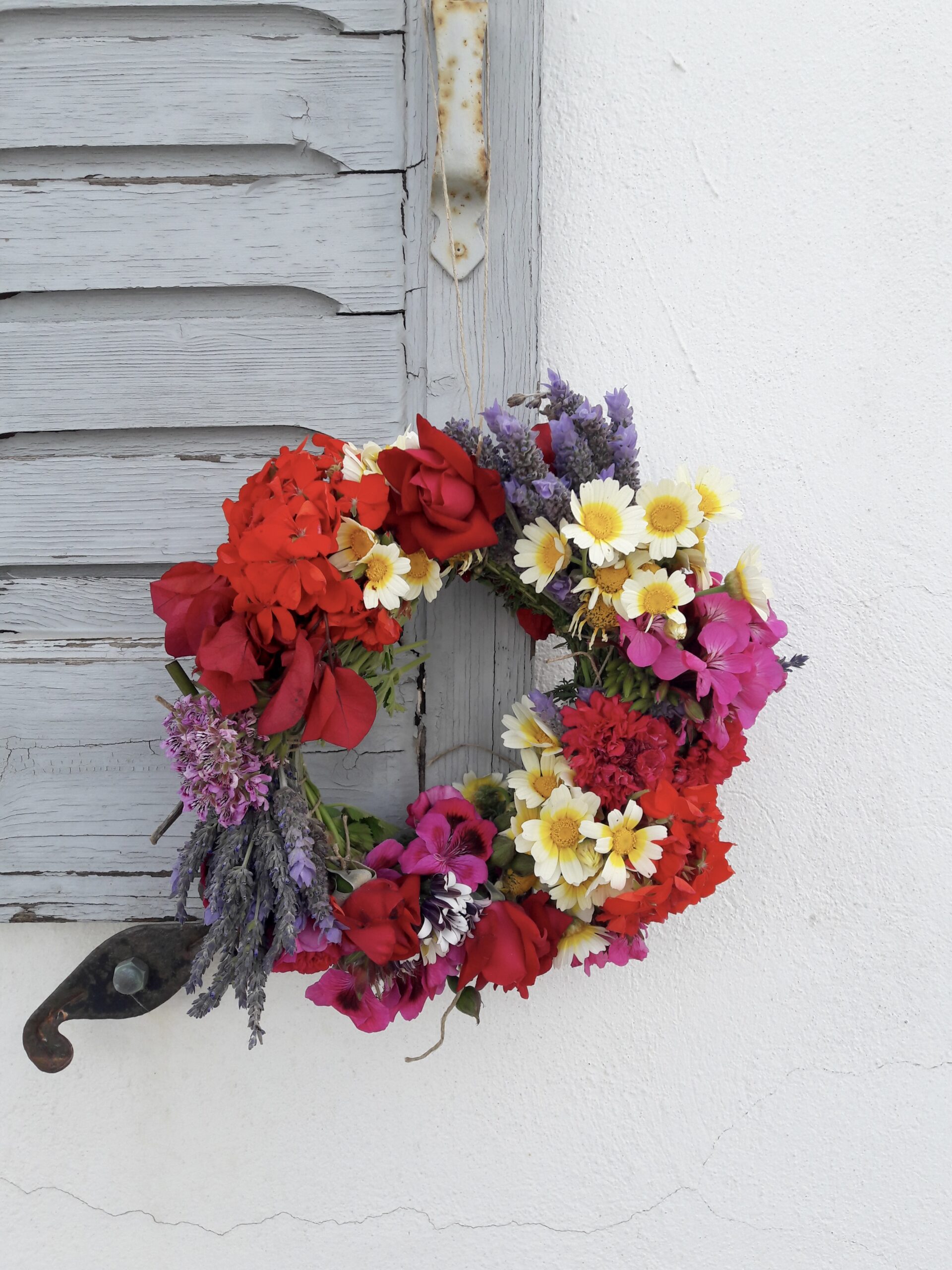
Protomagia is widely characterized by the collection of wildflowers, a tradition enjoyed in both city parks and rural fields. Participants gather an array of spring blossoms — daisies, poppies, and more — to make into decorative wreaths, which traditionally included thorns, nettles and other plants to ward off evil. These wreaths are then prominently displayed on doors as symbols of regeneration and growth, remaining in place until they are ritually burned in bonfires during the midsummer celebrations. Each region in Greece brings its own flavor to May Day, creating a tapestry of diverse and vibrant celebrations:
Corfu
Here, the holiday is marked by the “Mayoxilo,” a procession featuring a festively adorned log, carried through the streets by young men in traditional dress who sing local songs, adding a musical backdrop to the festivities.
Serifos
On this Sporades island, doorways are decorated with wreaths crafted from an eclectic mix of flowers, nettles, barley, and garlic.
Lesvos
Meanwhile, in Ayiassos, the wreaths are composed of various flowers and a wide-leaved wild herb with yellow blooms called “demonaria,” humorously intended to “spook” prospective grooms.
Crete
Particularly in Heraklion, a spectacular flower show draws both residents and visitors, showcasing the rich floral diversity of the region.
Rhodes
While Rhodes melds the old with the new, hosting gatherings where traditional flower picking meets communal feasts set to the tune of local music.
Western Macedonia
In Western Macedonia, May Day celebrations are deeply intertwined with numerous rituals and songs celebrating fertility. For instance, in the village of Vlasti, Kozani, residents start their day by emptying containers and fetching fresh water from nearby springs. Meanwhile, children gather oak branches and carry them to the surrounding hills. There, primarily the girls engage in dances, a tradition known locally as “catching May,”
Flame Divers
In some rural areas, the night before May Day sees the ancient practice of fire jumping. For this ritual, people line up and take turns to run and leap over flames, in order to cleanse themselves from the winter’s darkness and feel the warm embrace of spring. The fire jumping ceremony is also viewed as a way to gain protection from harm and disease.
Mayday How-To
In major cities, May Day is celebrated with zest, and like this year when it falls on a Thursday, often combined with the weekend for a three or four fay escape. On this day, public spaces and parks become activity hubs brimming with people enjoying picnics, kite flying, and live concerts.
As May 1st is also Labor Day, protests and strikes also add their own energy to the day; buses, trams and metro lines do not run ordinarily, so make sure you check ahead before making plans to meet someone across town.
One of the greatest Mayday highlights to enjoy in Athens as of May 1st and thoughout the month is the Kifissia Flower Show. It transforms the expansive Alsos park in the chic northern Athens suburb of Kifissia into a vibrant spectacle of botanical beauty, perfectly complementing the celebrations of May. The event not only showcases the rich floral diversity of the region but also promotes environmental awareness and supports local nurseries, making it an uplifting destination during this jubilant month.



